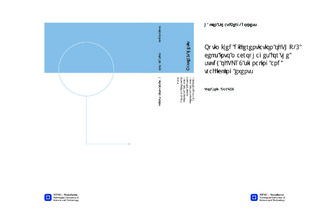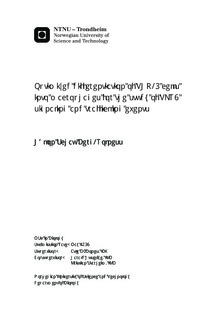| dc.description.abstract | Toll like receptors (TLRs) are a group of membrane bound pattern recognition receptors (PRRs). TLRs are able to detect a variety of pathogen associated molecular patterns (PAMPs) and start inflammation upon recognition of these. They are essential in the efficiency of the innate immunity as well as mobilizing an adaptive inflammatory response. TLR signaling has been studied intensively since their discovery, however, trafficking of the TLRs has not been given the same attention. In this study we hoped to develop a system that could be used to study the trafficking and signaling of TLR4, and potentially the other TLRs, in THP-1 cells that upon differentiation display a macrophage (Mφ)-like phenotype. Rab GTPases have been described to be key regulators of intracellular trafficking. Rab GTPases have been reported in roles involving vesicular movement, vesicular integrity, and protein recycling. Their function in the intracellular trafficking events, makes them the ideal targets when it comes to the study of trafficking and signaling of proteins involved in the innate immunity. In this study we present data suggesting that Rab7a might be involved in regulating the coherence of the TLR4 inflammatory signaling pathways, especially the TRIF-dependent pathway leading to the induction of type I interferons. Our data on Rab11a showed that Rab11a depletion had a surprisingly weak effect on the TRIF-dependent pathway in the THP-1 model system contrary to what has been earlier reported in human monocytes. A possible explanation to this may be due to redundancy with Rab11b that seems to be up regulated during the rest period introduced after the PMA differentiation. The data from Rab4a knock down were inconclusive, nonetheless, based on the observation made in these experiments we cannot exclude a role of Rab4a in the TLR4 inflammatory signaling pathways. We believe that THP-1 cells, which are used in this study, can be used as a model system for Mφ signaling and trafficking. We have shown that optimization of the THP-1 differentiation has a substantial effect on LPS activated signaling and on the amount of Mφ markers such as CD11b and CD14 on the PM, however, the system appears to be somewhat unstable to obtain quantifiable data. We believe that these drawbacks can be negated with further optimization of the differentiation protocol | nb_NO |

